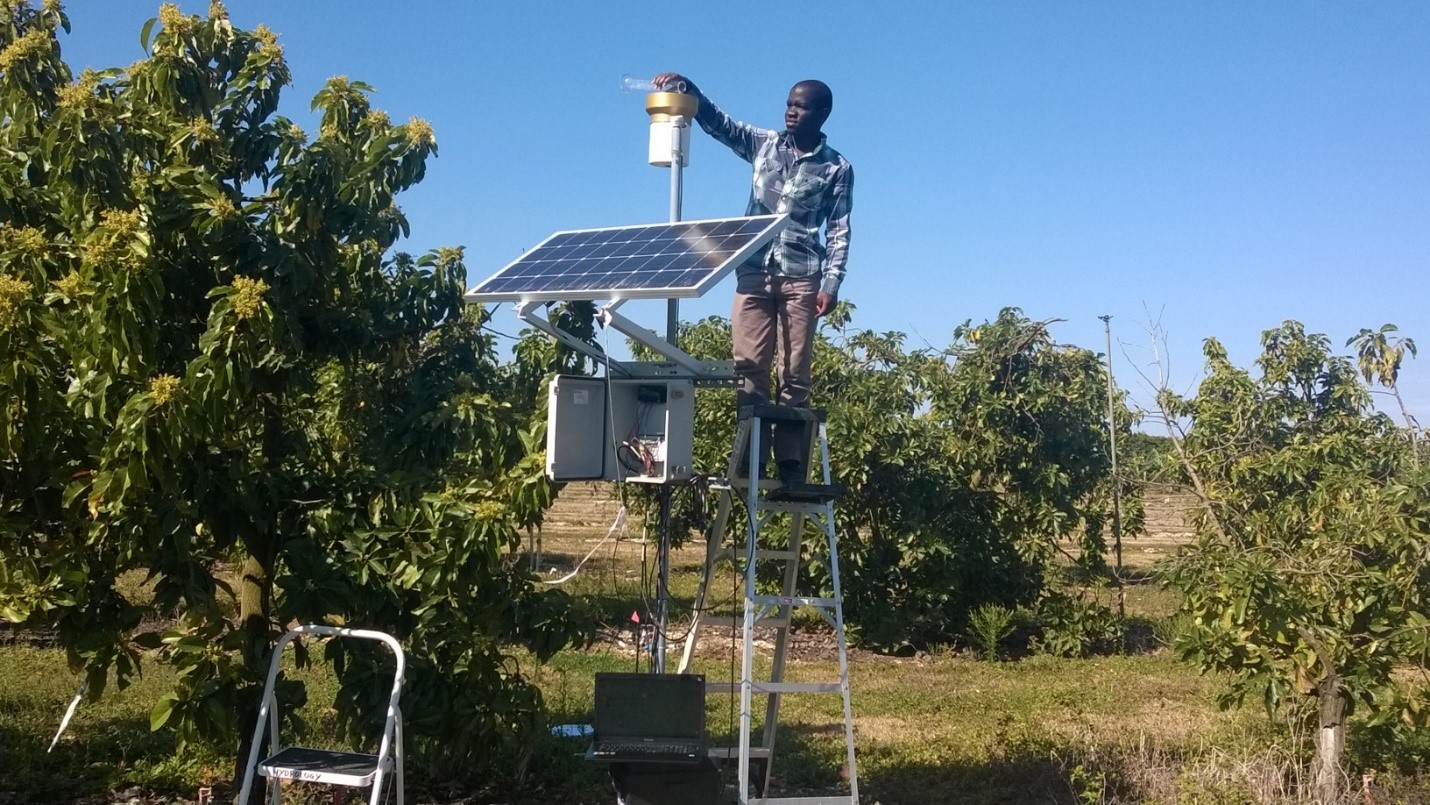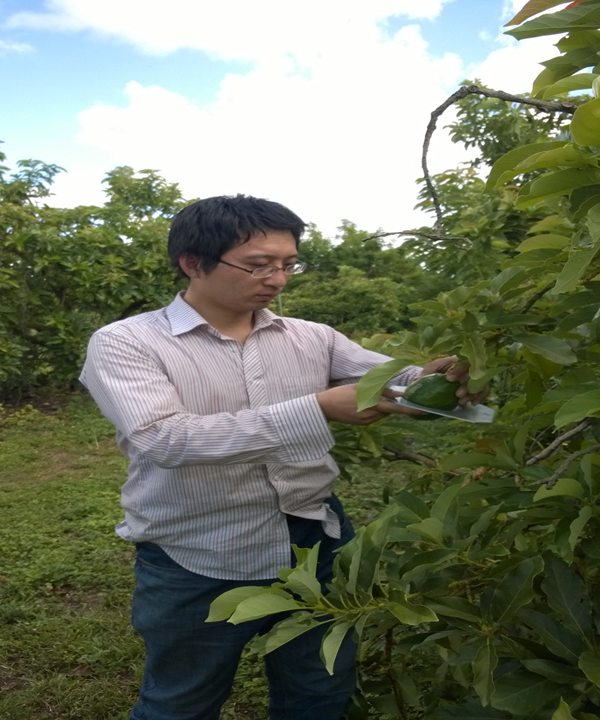Evaluation and optimization of the Smartirrigation avocado app
Collaborators Deanroy Mbabazi (Graduate student), Kati W. Migliaccio, Jonathan H. Crane, Clyde Fraisse, Lincoln Zotarelli, Kelly T. Morgan, Jose Debastiani Andreis
Time frame January 2014 to December 2015
Funding agency Florida Department of Agriculture and Consumer Services
Summary
Advancements in technology and the internet have allowed smartphones and tablets to obtain high computing power, memory and processing speeds. A byproduct of this advancement has been ‘apps’ or individual applications used on smart devices for purposes ranging from medical to hydrologic applications. In 2015, the University of Florida released Smartirrigation Avocado app which is part of a suite of irrigation scheduling apps (Smartirrigation turf, citrus, vegetable, and strawberry (http://smartirrigationapps.org/)). These apps are available free for download in the google play and iOS app stores. Smartirrigation avocado develops a 15 day irrigation schedule based on the previous 5 days average crop evapotranspiration (ETc), irrigation system characteristics, crop growth stage, and crop and soil characteristics. The app provides the grower with irrigation run times, a weather forecast and notifies the user on when to turn off irrigation events in case there is a 60% probability of rainfall or rainfall has occurred prior to a scheduled irrigation day (http://edis.ifas.ufl.edu/ae513 ). However, Smartirrigation avocado has not been evaluated through field experiments to estimate its water savings potential compared to time based and evapotranspiration (ET) controller methods of irrigation scheduling and also, there was a need to optimize the app’s irrigation schedule development algorithm.
Thus, objectives are to:
- Compare the irrigation application depths, yields, plant growth and water use efficiencies for three irrigation scheduling methods (Smartirrigation avocado app, time based, and ET controller methods) at 0.05 = α value.
- Develop an irrigation schedule testing model for tree orchards based on the soil water balance; calibrate and validate the model using field data by employing the NSE and RMSE goodness of fit indicators; and utilize the model to optimize the irrigation schedule algorithm for the app.
- Perform an evaluation of the estimated reference evapotranspiration used in the app and corresponding ET controller at the study sites in comparison to the FAO-56 Penman-Monteith equation; and evaluate these using statistical medians at 0.05 = α value and the root mean square (RMSE method).
The Smartirrigation avocado irrigation schedule algorithm was optimized by developing a one dimensional soil water balance model to simulate soil water content, runoff, drainage and plant water stress for a single soil layer. Irrigation inputs for five different app methods (3, 4, 5, 6, and 7 previous days average crop evapotranspiration(ETc)) were simulated according to the app’s irrigation schedule algorithm and used as inputs to estimate storage and losses in the root zone. The current previous 5 days average ETc method was found adequate for irrigation schedule development since no significant differences were observed for irrigation depths, soil water content, runoff, drainage and plant water stress simulated among the different methods tested.
Field experiments are ongoing at two different study sites in Homestead, Florida to evaluate the app irrigation application depths, yield, water use efficiency and water savings potential compared to use of ET controllers and time based methods. Data from the field studies’ ET controllers and computer simulated ETo will be used to evaluate for differences between ETo estimates of ET controllers and Smartirrigation avocado app over time and space.
Publications
Mbabazi et al., 2017. An irrigation schedule testing model for optimization of the Smartirrigation avocado app. Agriculture Water Management http://www.sciencedirect.com/science/article/pii/S0378377416303365

Raingauge calibration and datalogger system set up.

Avocado harvesting using size rings